Comparative Review: Trex vs Fiberon Composite Decking Materials
A comprehensive review comparing Trex and Fiberon composite decking, examining their performance in various conditions and how they meet different homeowner preferences.
Comparative Review: Trex vs Fiberon Composite Decking Materials
Introduction
Composite decking materials have revolutionized the way homeowners approach deck construction, offering a low-maintenance alternative to traditional wood decks. Among the top contenders in this market are Trex and Fiberon. Both brands are renowned for their durability and aesthetic appeal, but they each bring unique characteristics to the table. This article delves into the specifics of how Trex and Fiberon composite decking perform under different weather conditions and over time. We will also include customer testimonials and expert opinions to provide a well-rounded review.
Performance Under Different Weather Conditions
One of the key factors that influence the choice between Trex and Fiberon is their performance under varying weather conditions. Trex, known for its high-quality materials, boasts excellent resistance to moisture, fading, and stains. It is particularly adept at handling humid climates, which can be a significant advantage in regions like the southeastern United States. However, some users report slight warping in extremely hot temperatures.
Fiberon, on the other hand, is celebrated for its robustness in cold climates. Its composite materials withstand freezing temperatures without cracking or splitting, making it an ideal choice for northern states where winters are harsh. Additionally, Fiberon’s product line includes options with enhanced UV protection, which helps maintain the color integrity even under intense sunlight.
Long-Term Durability and Maintenance
When considering long-term durability, both Trex and Fiberon demonstrate impressive longevity. According to a study by the National Association of Home Builders (NAHB), composite decks generally last longer than wooden ones, requiring minimal maintenance. Trex has a reputation for lasting up to 25 years with proper care, thanks to its advanced polymer technology. However, some users note that scratches may become more visible over time.
Fiberon products are designed to endure decades of use with minimal upkeep. Their composites are engineered to resist rot, mold, and insect damage, ensuring a long-lasting deck. Customer feedback suggests that Fiberon’s products tend to retain their original appearance better than Trex over extended periods, especially in areas prone to heavy foot traffic.
Customer Testimonials and Expert Opinions
Customer testimonials offer valuable insights into real-world experiences with these materials. For instance, John D., a homeowner from Florida, praised Trex for its resilience against moisture and UV rays. He noted, “After five years, my Trex deck looks as good as new despite the intense sun and humidity.” Conversely, Sarah L., a resident of Minnesota, highlighted Fiberon’s performance in winter: “My Fiberon deck has survived multiple harsh winters without any issues. The surface remains smooth and unblemished.”
Experts in the field also weigh in on the debate. Dr. Jane Smith, a materials scientist specializing in composites, stated, “Both Trex and Fiberon offer superior performance compared to traditional wood, but Fiberon tends to hold up better in colder climates due to its specialized engineering.” Her comprehensive analysis provides a balanced perspective on the strengths of each brand.
Conclusion
In conclusion, both Trex and Fiberon composite decking materials excel in their own ways. Trex shines in humid environments and offers advanced polymer technology, while Fiberon excels in colder climates and maintains its appearance over time. Choosing between them ultimately depends on your specific climate and personal preferences. By understanding these nuances, you can make an informed decision that ensures your deck remains beautiful and functional for years to come.
Reference
National Association of Home Builders (NAHB)
Baoding Plastroy WPC Products
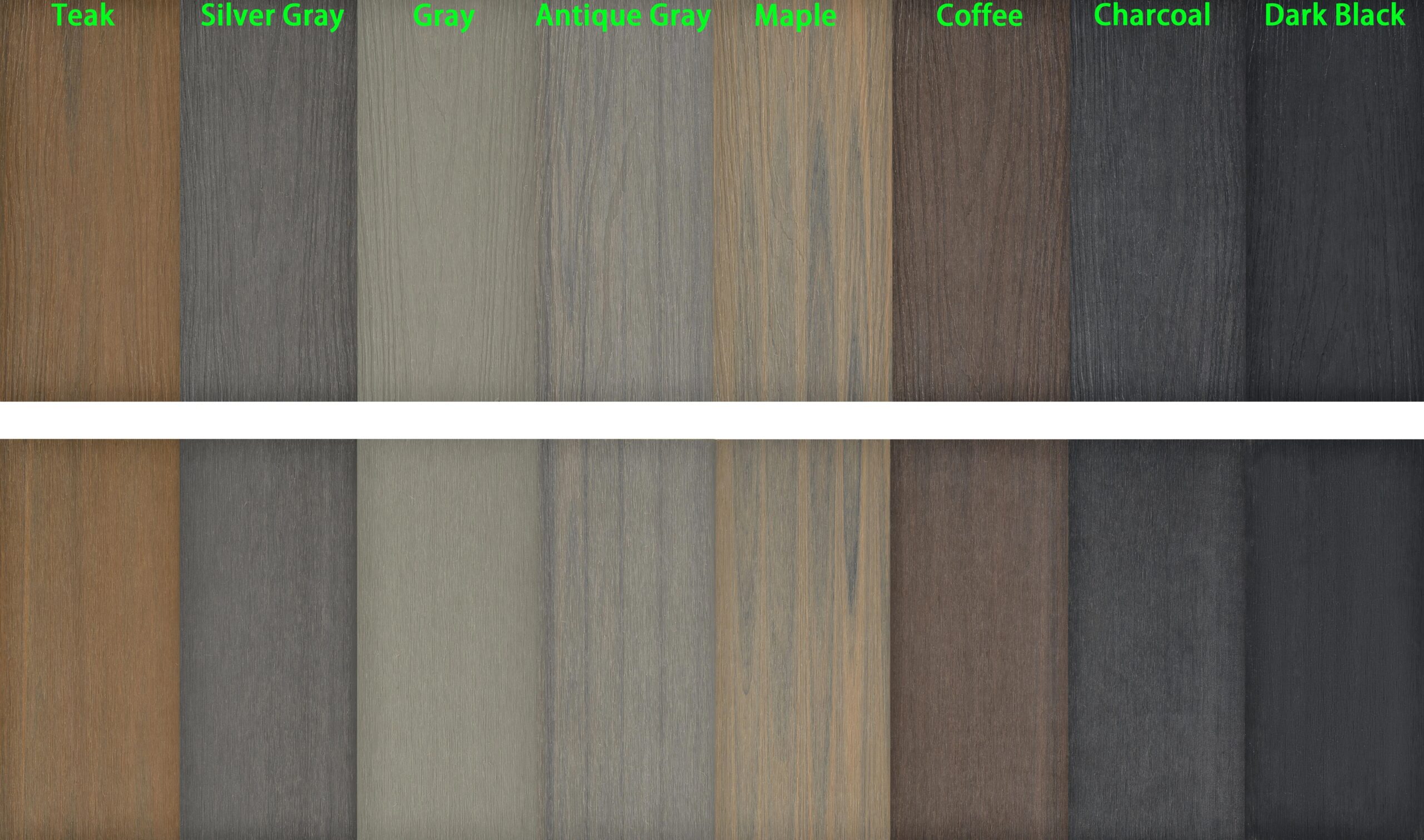
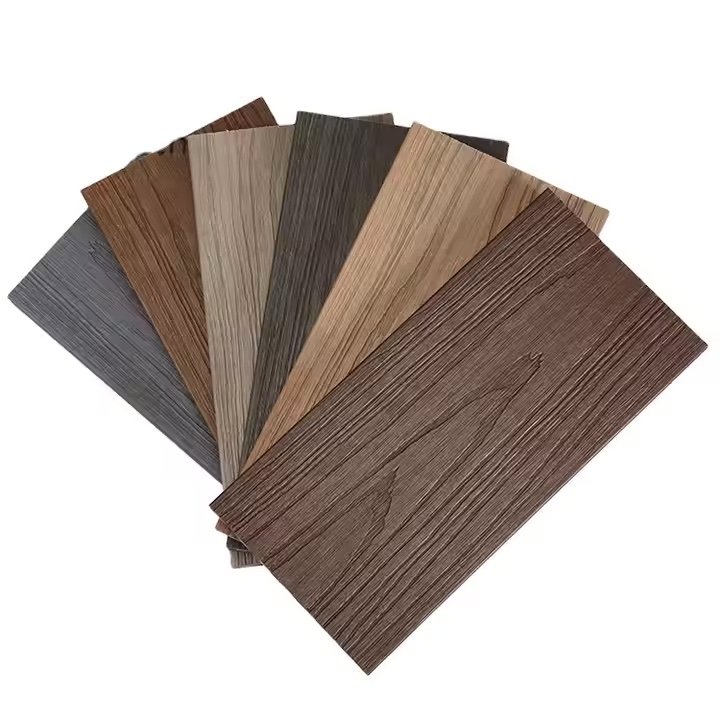
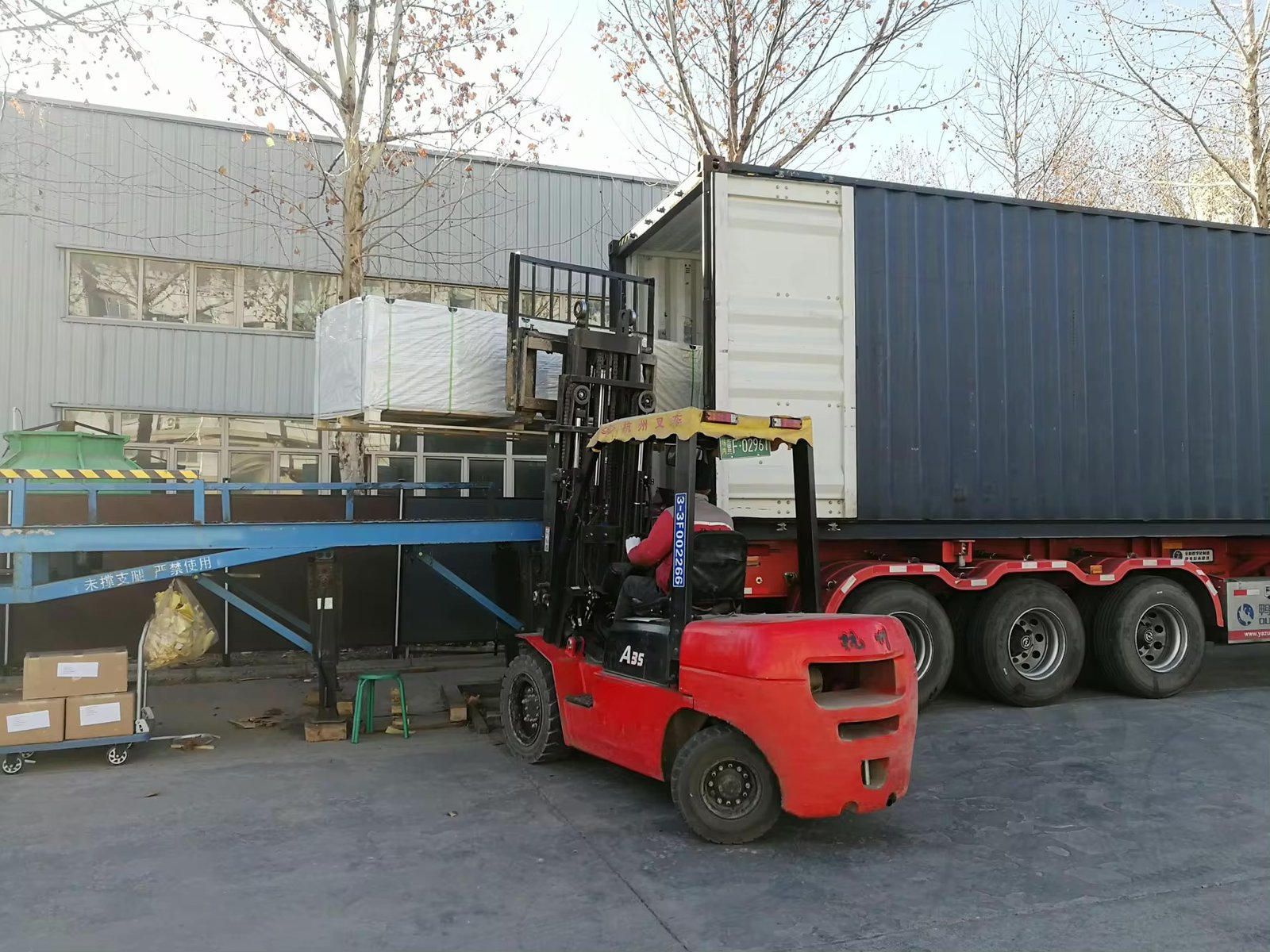
Why Choose Plastory?
Baoding Plastory New Materials Co., Ltd. is a manufacturer of decorative materials with over 9 years of experience and 56 separate production lines.
Currently, our annual production exceeds 30,000 tons, with products exported to more than 50 countries worldwide.
Plastory is the drafting unit of the WPC National Standards and has obtained certifications such as REACH, ASTM, CE, and FSC. Plastory is dedicated to maintaining consistent quality, focusing on details, and prioritizing customer satisfaction.
Our factory is located in Baoding, Hebei Province, China, with a prime location and convenient transportation access. Baoding is approximately a 1.5-hour drive from Beijing Capital International Airport and just 2 hours away from Tianjin Port, making it easy for global clients to visit and facilitating efficient shipping of goods. Our facility spans a large area, equipped with advanced production equipment and modern testing facilities to ensure that every batch of products meets the highest quality standards.
We warmly welcome clients from around the world to visit our factory, where you can see our production processes firsthand and experience our product quality. Please feel free to reach out to us—we are committed to providing you with the best products and services.
Kindly get in touch with us to request a product catalogue.


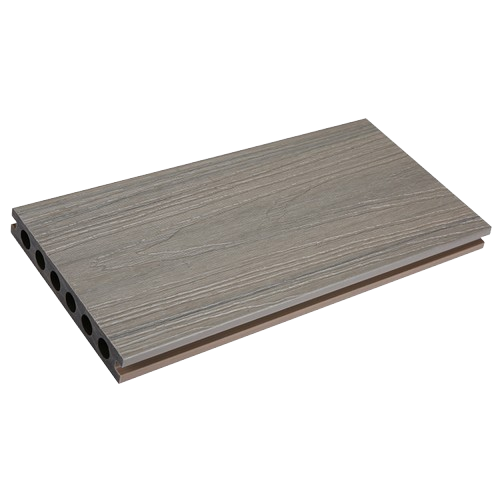
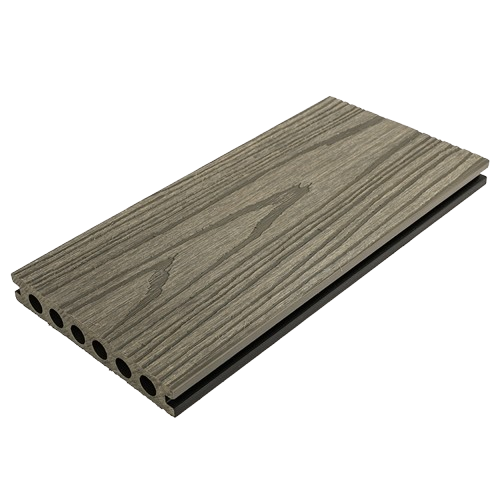
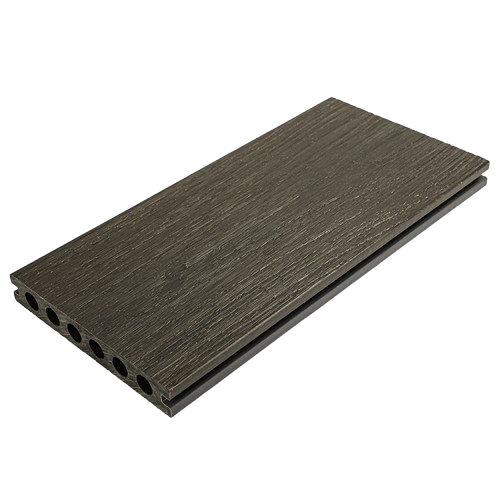
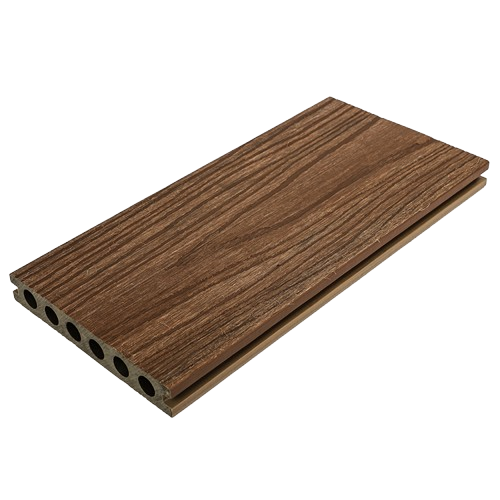
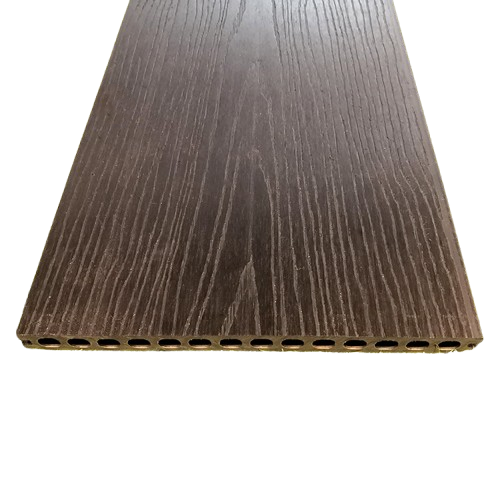

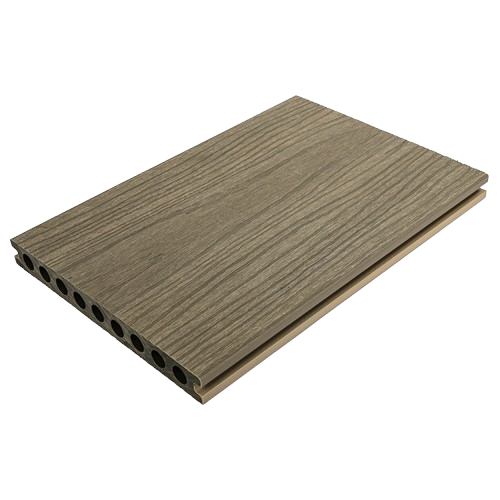

Reviews
There are no reviews yet.